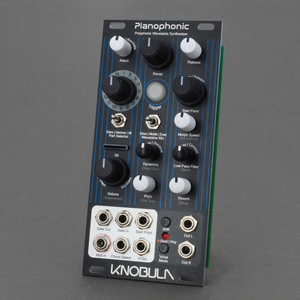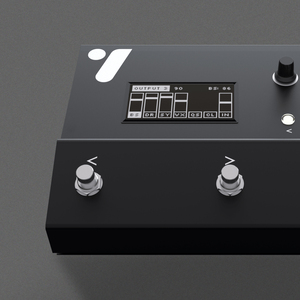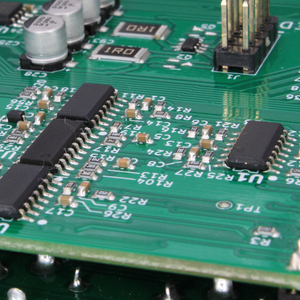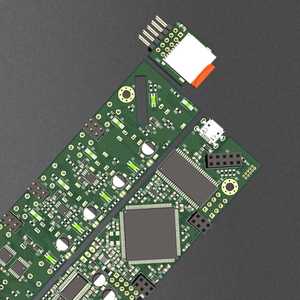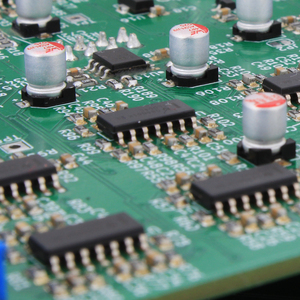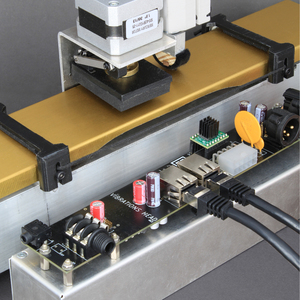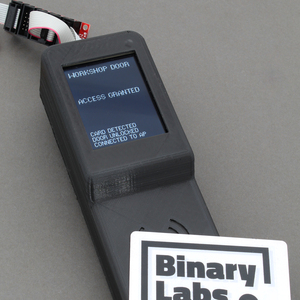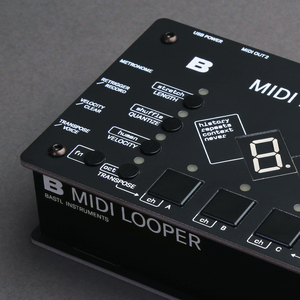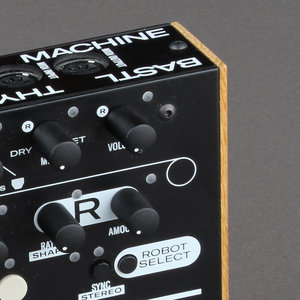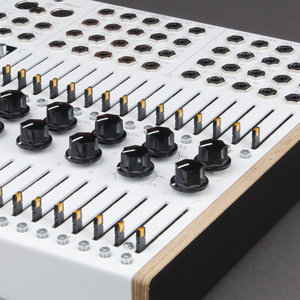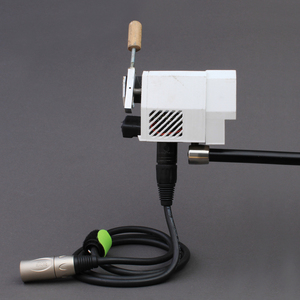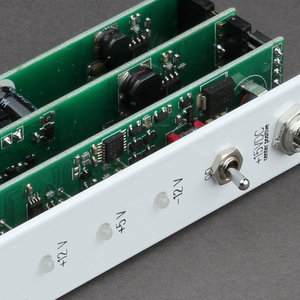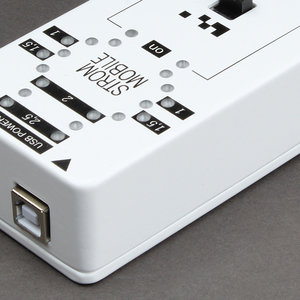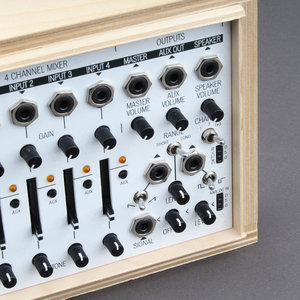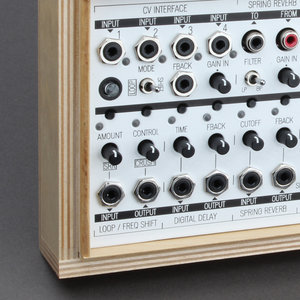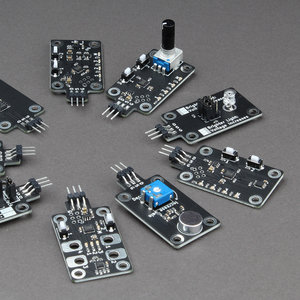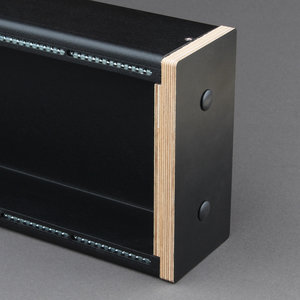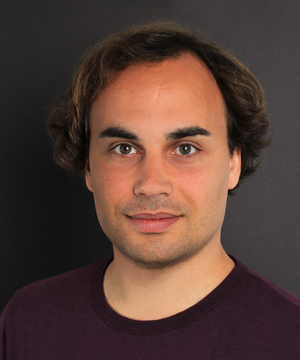Pianophonic is a polyphonic wavetable oscillator module for eurorack systems by Knobula.
Its wavetable engine is designed for emulating piano sounds but with control over a wide range of parameters allowing it to be adapted to various musical contexts.
We were responsible for firmware and hardware design of this device from concept phase to production as well as for the design of the wavetable format and the associated dsp code to generate sound banks.
The hardware is built around the daisy seed module. This imposed the challenge to maintain high quality sound output through separation between digital and analog signals in the face of the fixed pinout of the daisy seed and a large number of user interface elements.
Instead of using the daisy firmware SDK, we utilized our RTOS-based firmware framework consisting of UI handling, drivers and digital signal processing blocks. That allowed us to focus the development effort on a flexible and efficient sound engine that reaches the high throughput required for complex 32x polyphony and maintains the low latency required for a live instrument.
The device uses a custom wavetable format geared towards maximum efficiency during playback and ease of integration into firmware. A suite of software tools allows the creation of wavetable files from arbitrary recordings. Some parts of that suite are exposed in the online tool waveslicer.
